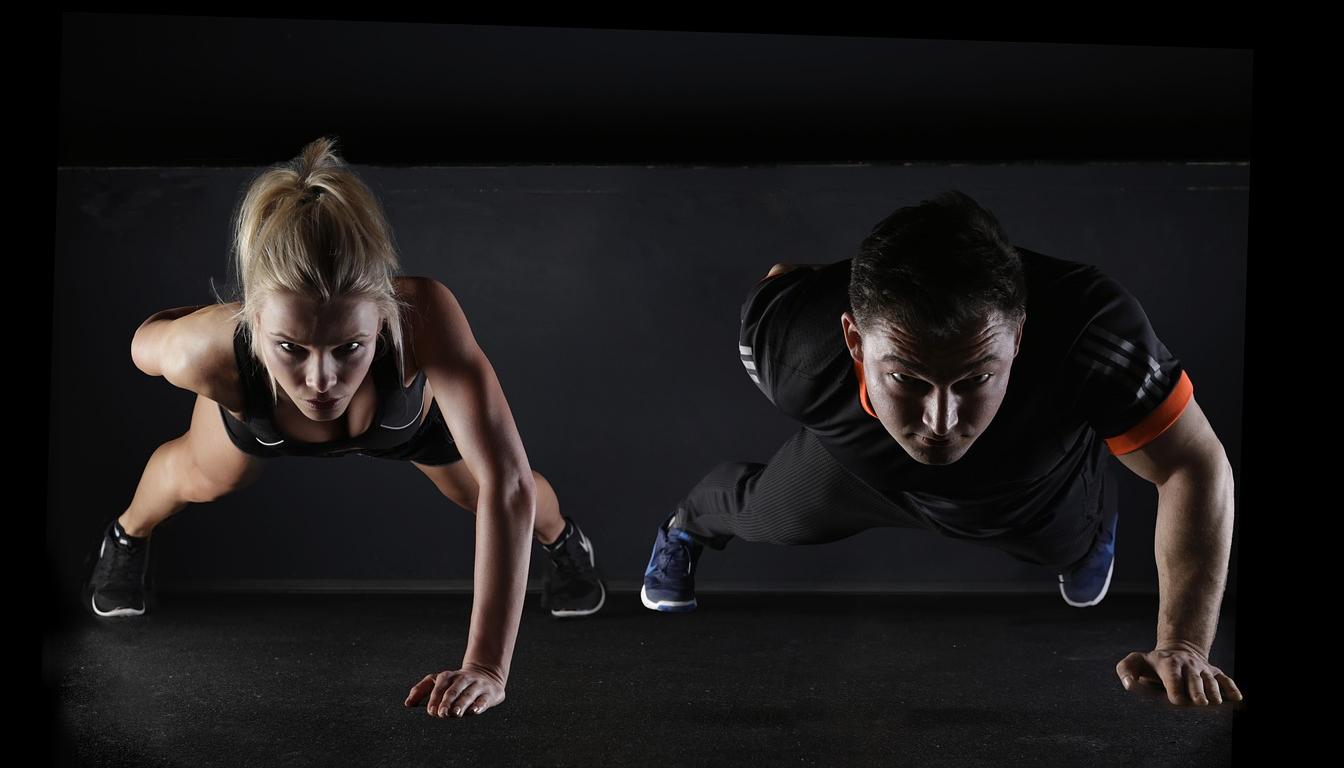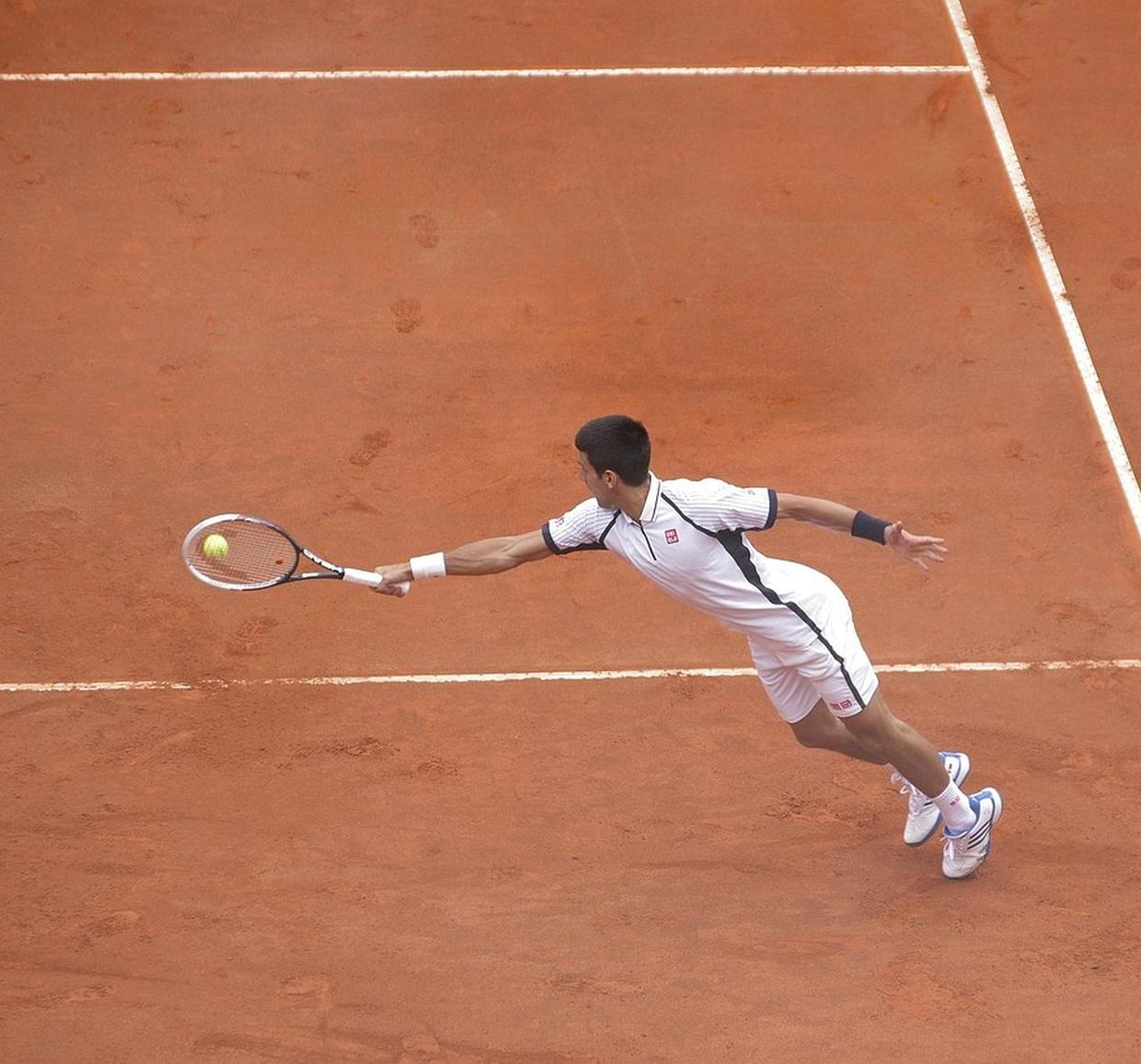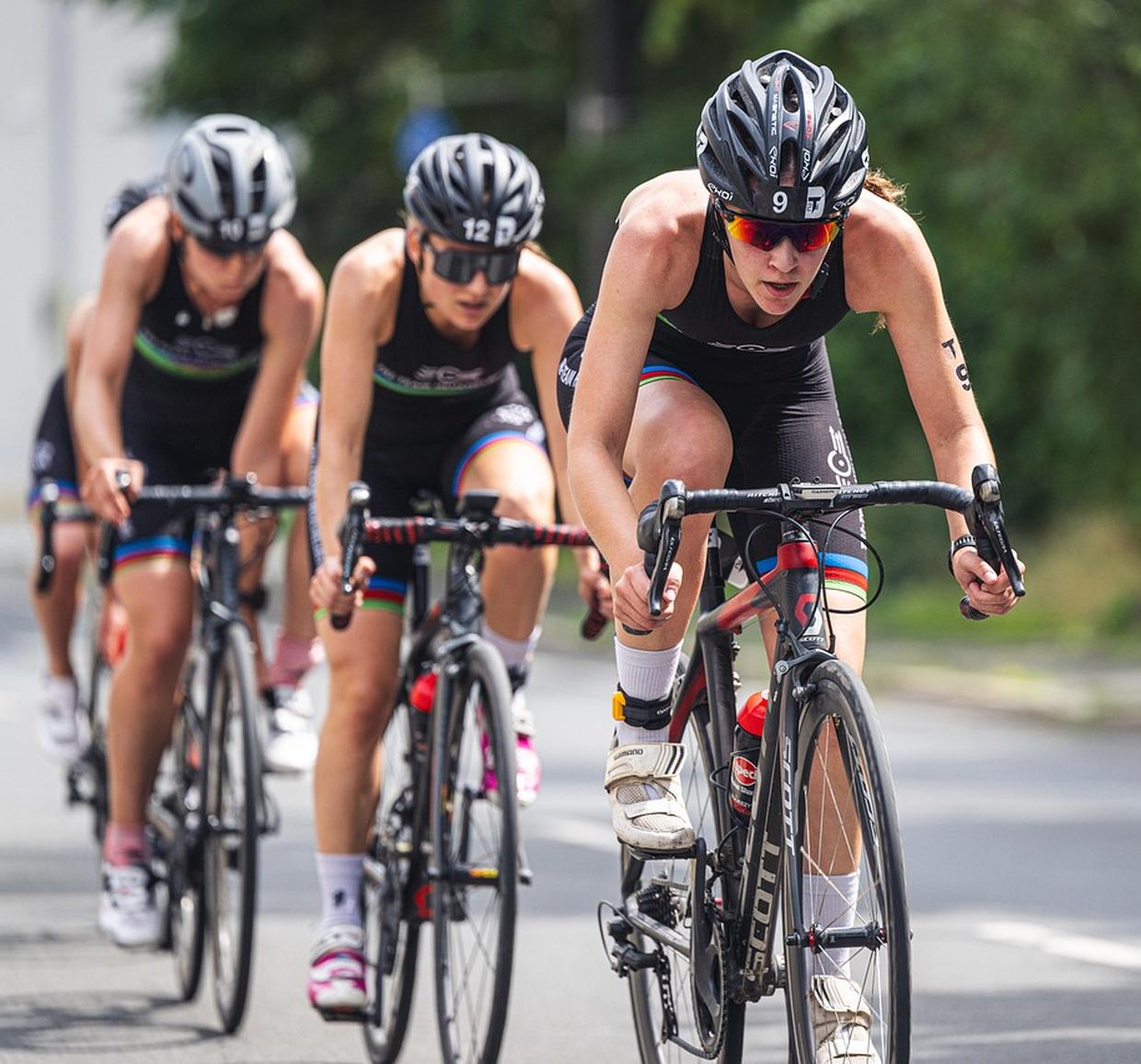
OPTIMAL TREATMENT OF A ROTATOR CUFF TEAR
A rotator cuff tear is one of the most common causes of shoulder pain and restricted movement, especially in middle and older age. Early diagnosis and individually tailored treatment are crucial to restore shoulder function as best as possible and avoid chronic complaints.
- 1. What is the rotator cuff of the shoulder?
- 2. How does a rotator cuff injury occur?
- 3. What are the symptoms of a rotator cuff tear?
- 4. How is a rotator cuff tear diagnosed?
- 5. How is a rotator cuff tear treated?
- 6. What does aftercare and rehabilitation look like?
- 7. Long-term prognosis
- 8. Conclusion and outlook on rotator cuff tears
1. What is the rotator cuff of the shoulder?
The rotator cuff of the shoulder is a group of four muscles and their tendons that stabilize the shoulder joint and enable movement of the arm. It plays a central role in positioning the shoulder and ensures that the humerus remains in the glenoid while allowing a large range of motion of the arm.
The four muscles of the rotator cuff with their main functions are the supraspinatus, which enables the lateral lifting of the arm, the infraspinatus and the teres minor, which are both responsible for the external rotation of the arm, and the subscapularis, which is located on the front of the shoulder and is responsible for the internal rotation of the arm. Together, they ensure fine coordination and stabilization of the shoulder joint by fixing the humeral head in the socket, supporting movements and protecting the joint capsule from overload.


2. How does a rotator cuff injury occur?
A rotator cuff tear can be caused by acute trauma as well as chronic overload and degenerative processes. Acute injuries often result from falls on the shoulder or outstretched arm, sudden strains or unusually high force during overhead movements. This can cause one or more tendons of the rotator cuff to tear.
Chronic damage is caused by repeated stress, muscular imbalances and age-related degeneration. In people over 40, the blood supply to the tendons decreases, which makes self-healing more difficult. The tendons lose elasticity and strength. In particular, occupational or sporting overhead loads (e.g. tennis, swimming, throwing disciplines) can lead to microtraumas that develop into larger tears.
Anatomical peculiarities such as a downwardly curved shoulder roof (acromion), instabilities in the joint or an impingement syndrome can also pinch and damage the tendons. In some cases, genetic factors also play a role, for example due to an unfavorable tendon structure or inadequate regeneration capacity.
3. What are the symptoms of a rotator cuff tear?
Typical symptoms are shoulder pain, which occurs especially during movement and at night. Lying on the affected side can be particularly painful. The pain often radiates into the upper arm or neck.
There are restrictions in movement, especially when lifting or rotating the arm. Everyday actions such as combing hair or getting dressed can be difficult. Patients report loss of strength, especially during overhead activities or when carrying objects. With larger tears, the arm can no longer be actively lifted. Other symptoms include a feeling of instability, cracking or rubbing noises, swelling, muscle atrophy and chronic inflammation.
4. How is a rotator cuff tear diagnosed?
The diagnosis is made through a combination of medical history, clinical examination and imaging procedures. In the medical history, the doctor asks about the accident, the onset and nature of the symptoms. During the physical examination, he checks the mobility, palpates pain points and performs functional tests such as the Jobe test or drop arm test. These indicate weakness or pain with certain movements.
Ultrasound or MRI is usually used for imaging diagnostics. While X-rays primarily show bony changes such as spurs or calcium deposits, MRI provides an exact representation of tendons, muscles and the extent of the damage. In exceptional cases, arthroscopy is also used for final clarification.
5. What is the optimal therapy for rotator cuff tears?
The treatment depends on the extent and cause of the tear, the age and the individual needs of the patient. Conservative therapy is usually chosen for small, partial tears or for older, less active people. This includes painkillers, targeted physiotherapy to strengthen muscles and increase mobility, and possibly cortisone injections for persistent inflammation.
The aim is to relieve pain, stabilize the shoulder and largely restore function. Permanent immobilization is avoided to prevent stiffness. Surgery is considered for larger tears, persistent symptoms or for patients who are active in sports. Here too, the earlier the operation, the better the results usually are.
6. How is rotator cuff surgery performed?
In most cases, the procedure is performed arthroscopically, i.e. minimally invasively. The surgeon inserts a camera and fine instruments into the joint through small incisions. The torn tendon is attached to the humerus with small anchors. At the same time, accompanying damage such as bursitis or bony constrictions (impingement) can be treated.
In the case of complex, extensive tears, open surgery may be necessary; in rare cases, a tendon transfer or reconstruction with artificial or the body’s own tissue is performed.
7. Frequently asked questions about rotator cuff tears
How long does healing take?
The healing period lasts several months. Conservative therapies require patience and consistent exercises, and after surgery, a rehabilitation period of up to 6 months must be expected.
Is it possible to resume sports activities without surgery?
Yes, this is often possible with small tears, provided that stable, pain-free mobility is achieved through training.
Can a rotator cuff tear be healed?
For minor defects, yes. For larger tears, permanent weakness may remain, even after surgery.
When should surgery be performed?
When conservative treatments fail or there is a larger, fresh tear with severe restriction.
8. Conclusion and outlook on aftercare
Follow-up treatment regimens
After the operation, the arm is immobilized in a sling, usually for 4 to 6 weeks. During this phase, only passive movement under supervision is permitted. Active movement exercises follow from the 7th week onwards, followed by strengthening exercises later on. Full weight-bearing capacity can be expected after 3 to 6 months at the earliest, or later in the case of athletic activities. Adherence to an individual rehabilitation plan is crucial for the success of the treatment.
How important is the patient's active cooperation for successful healing?
Successful treatment of a rotator cuff tear requires not only medical measures, but also consistent cooperation from the patient. Especially during follow-up treatment, it is crucial to perform the physiotherapy exercises regularly and correctly in order to restore mobility, strength, and function of the shoulder in the long term.
What long-term outcomes are possible after a rotator cuff tear?
With early diagnosis and individually tailored treatment—whether conservative or surgical—very good functional results can be achieved. Many patients can move their shoulder pain-free again after treatment and return fully to everyday life and sports, provided that rehabilitation measures are consistently implemented.
Aftercare schemes
PDF Aftercare rotator cuff tear
